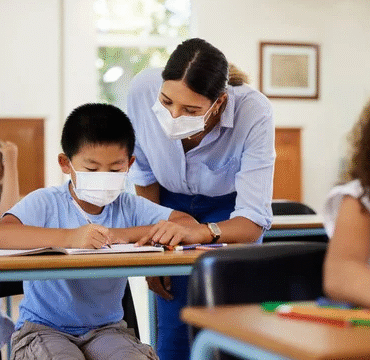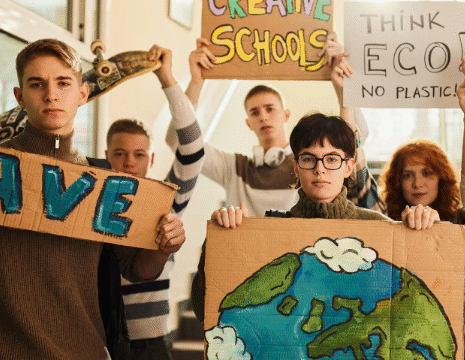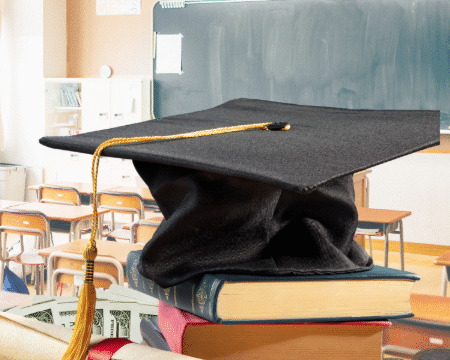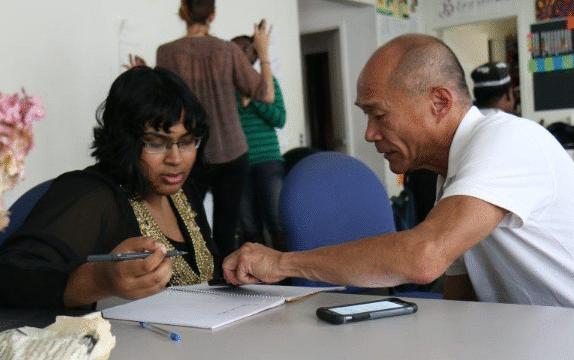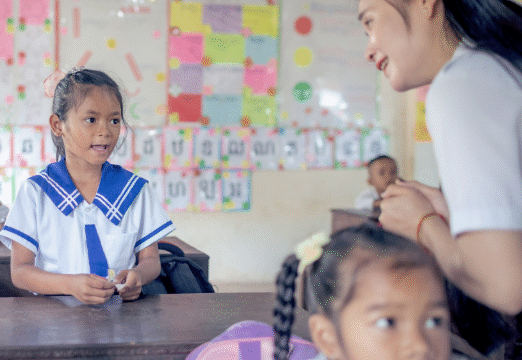Education has long been recognized as one of the most powerful
tools for human development. It equips individuals with knowledge,
nurtures skills, and empowers communities to break cycles of
poverty and inequality. Beyond its practical benefits, education is also a fundamental human right. When we look at education from a human rights perspective, it becomes clear that access to learning should never be a privilege for a few but a guarantee for all. This view emphasizes inclusion, equality, and dignity for every person, regardless of background, gender, income, or circumstance.
The Universal Declaration of Human Rights, adopted in 1948, declared that everyone has the right to education. This principle has since been reinforced through international treaties and agreements, including the Convention on the Rights of the Child and the Sustainable Development Goals set by the United Nations. These frameworks recognize that education is more than just schooling; it is a pathway to freedom, opportunity, and participation in society. Ensuring access to education means ensuring that every person has a fair chance to pursue their potential and contribute to the collective good.
One of the most important aspects of education as a human right is the idea of equal access. Around the world, millions of children and adults still face barriers to learning. These obstacles may include poverty, lack of infrastructure, cultural norms, discrimination, or conflict. A human rights perspective calls for removing these barriers and building systems that are inclusive and fair. This is not only about opening school doors but also about making sure that what happens inside those doors meets the needs of all learners. Quality education involves trained teachers, safe environments, relevant curricula, and support for diverse learning styles.
Another key principle is non-discrimination. Everyone, regardless of gender, ethnicity, disability, or socioeconomic status, should be able to enjoy the benefits of education. Historically, many groups have been excluded from formal education systems. Girls in some regions have been denied schooling, children with disabilities have been overlooked, and marginalized communities have lacked the resources to access classrooms. From a human rights standpoint, these inequities are unacceptable. Education systems must work actively to identify exclusion and take steps to include every learner, not as an act of charity but as recognition of their inherent rights.
The human rights approach to education also highlights the importance of lifelong learning. Education does not end with childhood or early schooling; it is a continuing journey that supports people through adulthood. Adults who missed opportunities earlier in life should still be able to access literacy programs, vocational training, or higher education. Workers should be able to reskill in a changing economy, and older adults should have opportunities to stay engaged and informed. Lifelong learning ensures that the right to education is dynamic and responsive to the evolving needs of societies and individuals.
Quality is another cornerstone of this perspective. It is not enough to simply provide access to schools if the education offered is of poor quality. Human rights demand that education be meaningful, equipping learners not only with basic literacy and numeracy but also with critical thinking, creativity, and social awareness. A quality education helps people understand their rights, respect the rights of others, and participate actively in democratic life. It prepares individuals not just for jobs but for full participation in the cultural, political, and social fabric of their communities.
Looking at education through the lens of human rights also underlines the role of governments and institutions as duty-bearers. States have a responsibility to respect, protect, and fulfill the right to education. This means creating laws that guarantee access, investing in schools and teachers, and ensuring that marginalized groups are not left behind. It also requires accountability, so that promises made on paper translate into real opportunities in practice. At the same time, international cooperation plays a crucial role. Many countries with limited resources depend on global partnerships and aid to strengthen their education systems. Solidarity between nations helps to close the gap between what is promised and what is achieved.
Community involvement is equally important. Families, local organizations, and civil society contribute to building inclusive learning environments. Parents encourage a culture of learning at home, community leaders advocate for resources, and non-governmental organizations often fill gaps where governments fall short. From a human rights perspective, education is not only a responsibility of governments but also a shared commitment of society as a whole. Every stakeholder, from teachers to families to policymakers, has a role in making the right to education a reality.
The digital age has added both opportunities and challenges to this discussion. Technology has the power to extend education to places that were once isolated and to learners who could not otherwise attend traditional schools. Online platforms, open resources, and digital classrooms expand access in new ways. However, the digital divide also threatens to deepen inequalities. Not all students have access to reliable internet, computers, or supportive digital environments. A human rights perspective insists that technological advancements should enhance inclusion, not widen the gap. Ensuring equitable access to digital learning tools has become an essential part of protecting the right to education in the modern world.
The impact of education on human dignity cannot be overstated. When individuals are educated, they are better able to understand their rights, advocate for themselves, and participate in decision-making that affects their lives. Education reduces vulnerability to exploitation and empowers people to shape their futures. Communities with strong education systems tend to enjoy better health, greater economic opportunities, and more stable governance. From a human rights angle, these outcomes are not just byproducts but integral to the value of education itself.
There is also a moral dimension to this perspective. Denying someone access to education limits their humanity and potential. Providing education, on the other hand, affirms their worth and strengthens the social fabric. This is why education is often described as the foundation of all other rights. Without the ability to read, write, think critically, or access information, people struggle to claim other rights such as fair work, political participation, or access to healthcare. Education gives individuals the tools they need to exercise and protect their broader human rights.
Looking ahead, achieving education for all requires persistent effort and innovation. Governments must continue to prioritize funding, communities must remain engaged, and international organizations must uphold commitments to global learning goals. At the same time, societies must remain vigilant about equity, ensuring that vulnerable groups are not excluded as systems evolve. Progress is possible, as shown by rising literacy rates and growing enrollment worldwide, but the journey is ongoing.
In conclusion, education as a human right is not an abstract principle but a living promise. It calls for action, responsibility, and compassion. Ensuring that everyone has access to quality education means recognizing the dignity and potential of every human being. When viewed through a human rights lens, education becomes more than a policy issue; it becomes a moral imperative. By working together to uphold this right, societies can move closer to a world where every individual has the chance to learn, grow, and contribute fully to the human community.

